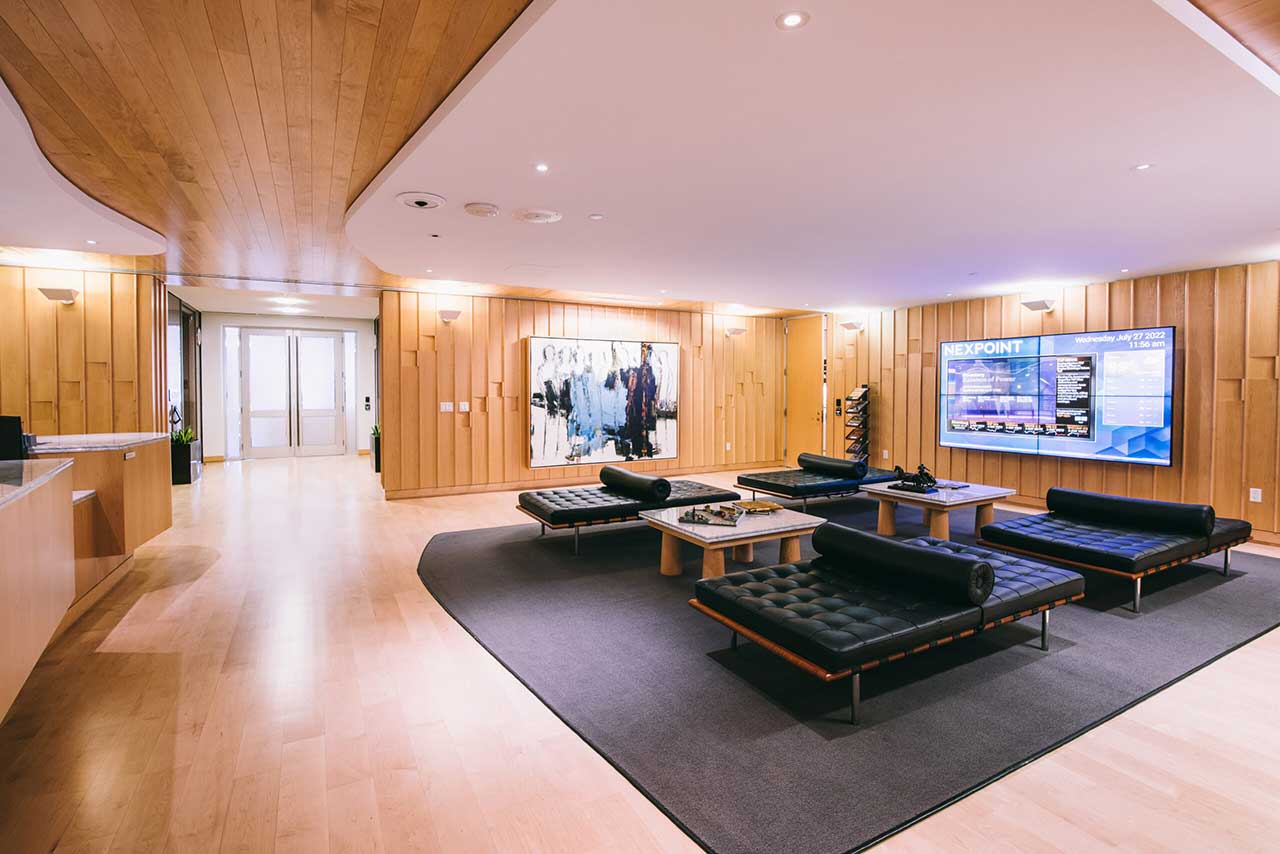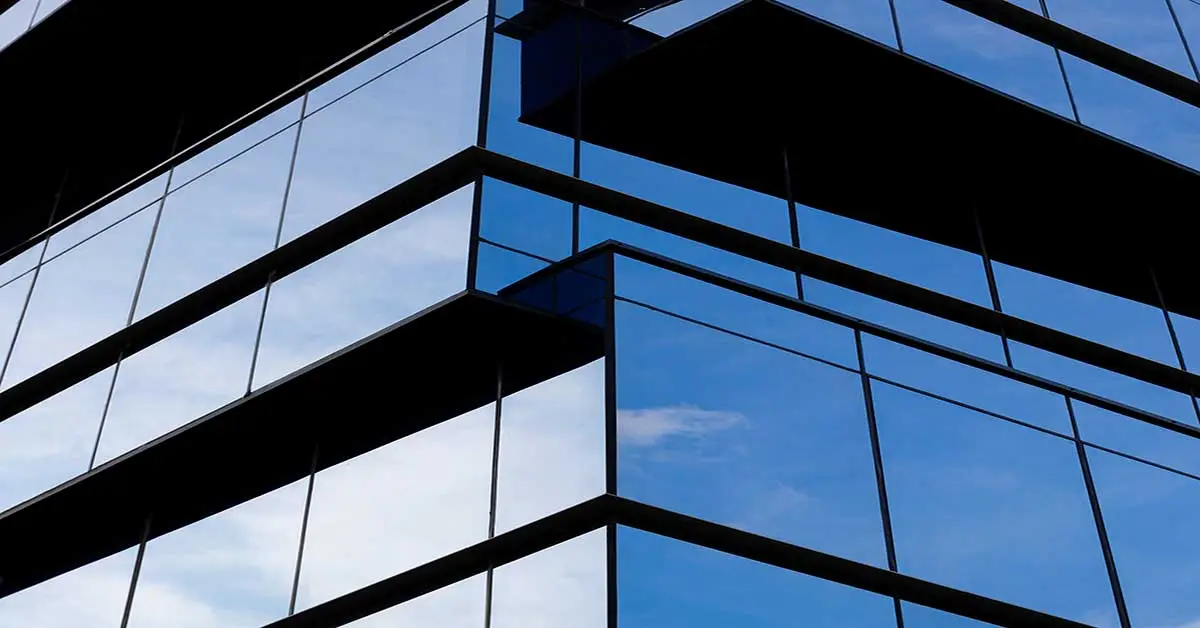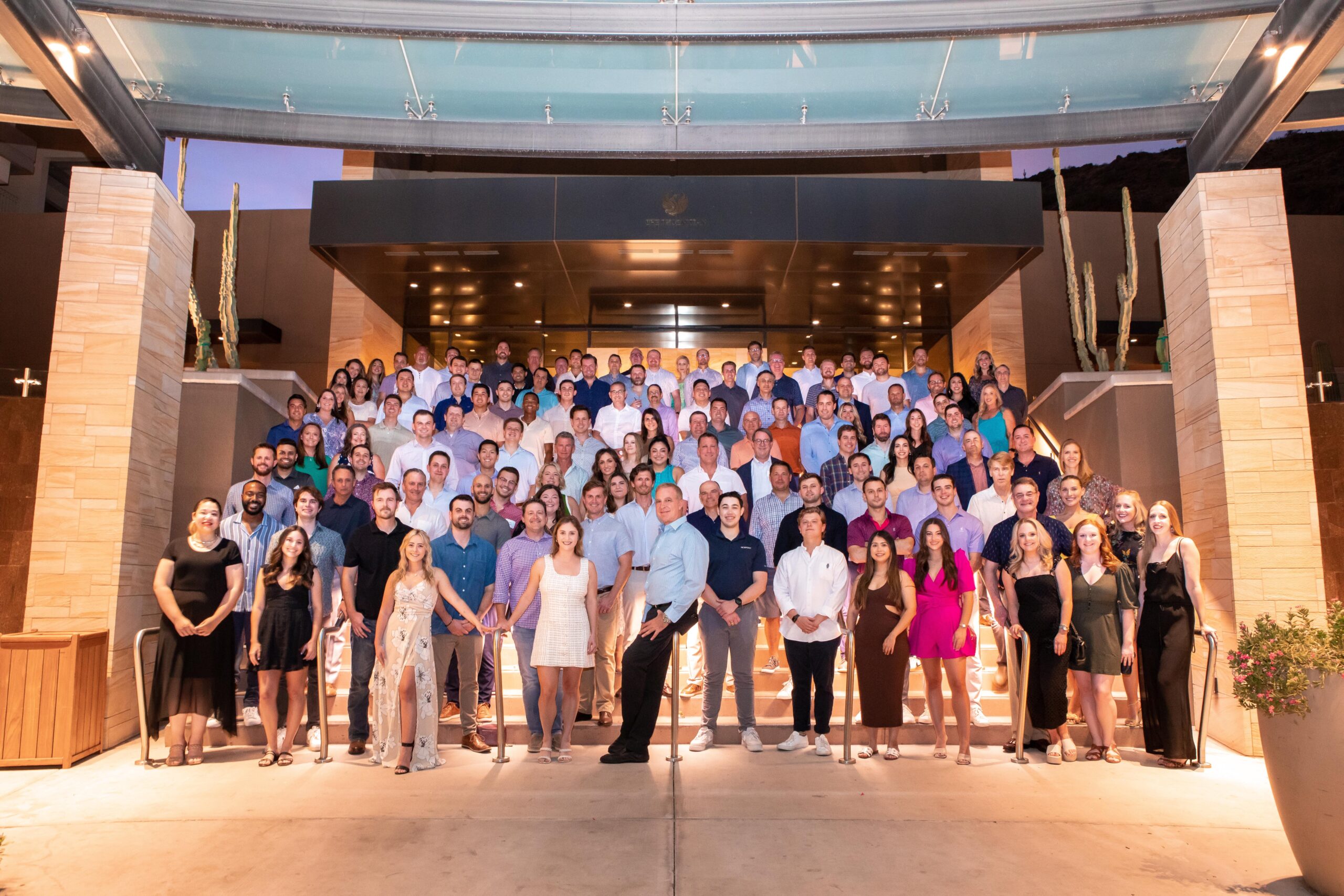Although COVID-19 has certainly disrupted the real estate world, it has also, paradoxically, generated a novel opportunity for the industry and its evolution.
The explosive growth of the global life sciences sector and the real property needs it entails have captured the attention of commercial real estate investors of all stripes. According to CBRE’s US Real Estate Market Outlook 2020, from 2014-2019, life sciences real estate (inclusive of medical office), accounted for an annual average investment of $18.7 billion—an astounding figure. Now, the tragic outbreak of COVID-19 has transformed this burgeoning real estate asset class from one of excitement, to one of existential importance.
As medical professionals, public health experts, and government officials grapple with the duration and magnitude of the pandemic, a key takeaway has emerged: namely, the centrality of commercial real estate—and in particular, life sciences real estate—in addressing the crisis. Although COVID-19 has certainly disrupted the real estate world, it has also, paradoxically, generated a novel opportunity for the industry and its evolution. With creativity and adaptability, commercial real estate investors are situated to simultaneously maximize the utility and value of real property while contributing to the best-case resolution of an extraordinary societal challenge.
For owners and operators contemplating how to enter the life sciences real estate space and permanently or temporarily position or reposition assets to respond to the present medical emergency, we have outlined some of the crucial intersections between commercial real estate usage and the implications of COVID-19.






